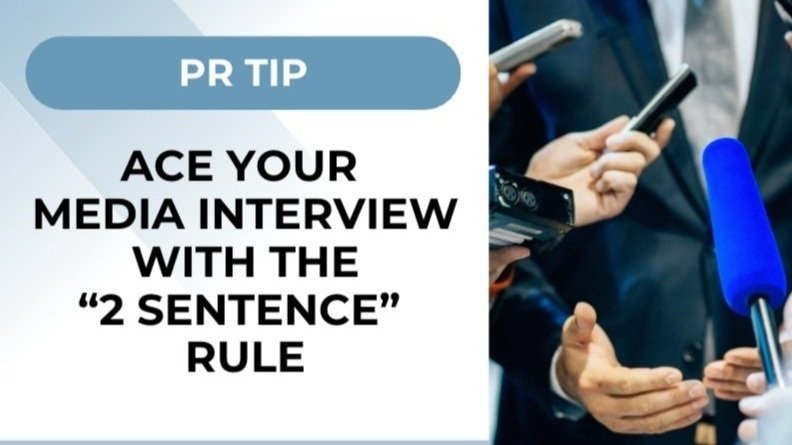Part II: Who Recognized 9-1-1 Telecommunicators Best?
In Part I of this two-part blog, we focused on how Team DCC helped NENA-The 9-1-1 Association set new records for social media performance during National 9-1-1 Education Month (April) and National Public Safety Telecommunicators Week (NPSTW or TC Week) – plus what we learned in the process.
But during TC Week this year, we noticed that online appreciation of 9-1-1 professionals by others has exploded in popularity too. (And it’s about time for the “unsung heroes of public safety”!)
In fact, we counted 289 social media posts by local public safety authorities, companies, and individuals honoring TCs and using the hashtags #TCWeek and/or #NPSTW on Facebook and LinkedIn.
I don’t have any data for prior years, but I’m certain that’s a huge increase over what occurred every April when I first got into this field over 10 years ago.
So then I was curious: Who did it best? After reviewing all 289 posts, here are some of the most notable recognitions and events I saw.
Among larger cities:
The Chicago Office of Emergency Management & Communications (OEMC) published nine unique posts during TC Week, including multiple photos of TCs at work and a large ceremony honoring extraordinary TCs, with in-person and online remarks by Mayor Brandon Johnson and leaders of the Chicago Fire and Police departments. And don’t miss their post about 40-year OEMC Veteran Debra White. Bravo OEMC!
The Denver Dept. of Public Safety organized a week-long celebration for telecommunicators, including daily posts featuring team members and their stories. Here’s a Facebook post capturing it all.
Among smaller cities:
The Marshall, Texas Police Department celebrated NPSTW by securing an excellent article in the Marshall News Messenger, including a laudatory statement by the chief of police and interviews with five dispatchers.
In Tehachapi, California in rural Kern County, the city’s emergency dispatchers were recognized by the mayor and the police chief during a meeting of the City Council. “In eastern Kern, we are the only 24/7 fully functioning agency that takes medical calls and police calls,” the chief said. “We take calls for the county when they're not able to staff their station. We also take public works calls and handle customer service at the front counter. I would put this group of communications dispatchers up against anybody, anytime.”
While this was not a scientific or all-inclusive study, the variety and quality of posts show that 9-1-1 appreciation is alive and well in many communities. Among the scores of other posts we saw, there were colorful office celebrations; goodie boxes delivered by a 9-1-1 technology vendor; free car washes for TCs by volunteers in the parking lot; and even a discount on food from a local BBQ joint.
If you’d like to see these and more examples of TC appreciation, search for the hashtags #TCWeek and #NPSTW on Facebook and LinkedIn, or check out the NENA #ThankYou911 toolkit, which provides a wealth of templates and examples that can be adapted to your needs.
Also, if you’re going to be at NENA 2025 and want to brainstorm on the best ways to earn some love for your local 9-1-1 telecommunicators, please attend a special session on Monday, June 23 entitled, “Leveraging PR and Community Relationships to Build Local Appreciation.” The discussion will be led by myself and my colleagues Laura Tucker and Chris Nussman of NENA.
Or feel free to reach out directly anytime via our website.
Also see: Part I, NENA Sets Records for Social Media Engagement











